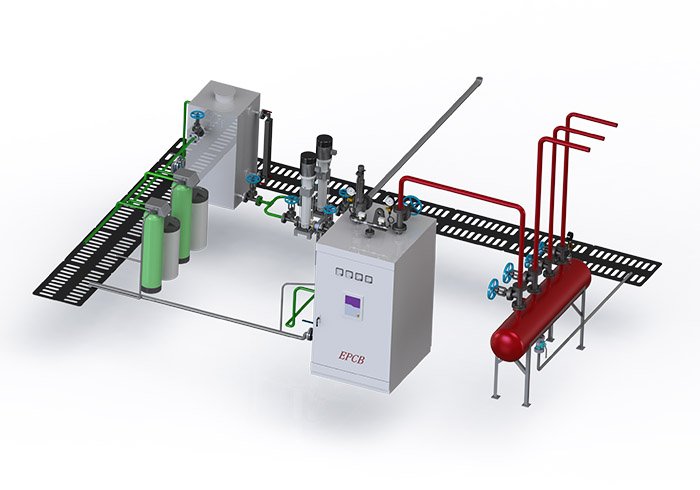Introduction to High Temperature and High Pressure Demand in Chemical Production
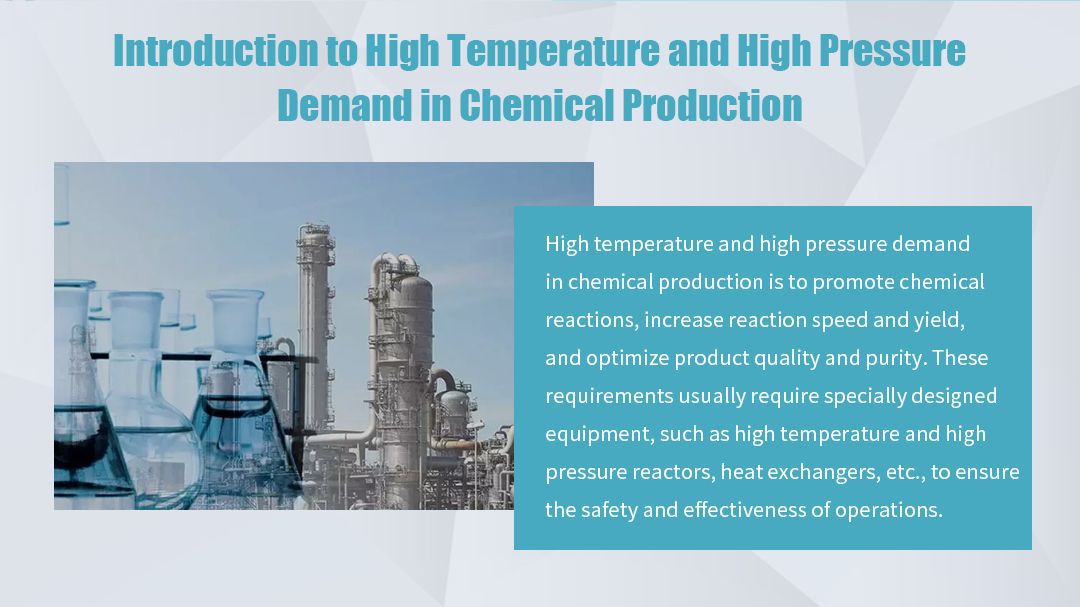
Chemical production is a complex and precise process where high-temperature and high-pressure conditions play a crucial role. High temperatures can accelerate chemical reaction rates, increase production efficiency, and facilitate specific transformations of substances. For example, in cracking reactions, high temperatures can decompose large organic molecules into more valuable small molecules. High pressure helps to increase the concentration of gaseous reactants, promoting the reaction.
Oil&Gas Fired Steam Boilers play an essential role in meeting the high-temperature and high-pressure demands of chemical production. They can stably provide high-temperature and high-pressure steam, creating favorable conditions for various chemical reactions. For instance, in polyester production, the steam generated by the boiler provides the necessary temperature and pressure environment, ensuring smooth production.
As a professional boiler manufacturer, EPCB Boiler provides reliable thermal energy solutions for the chemical industry with its excellent products and professional selection guidance. This article will explore how oil and gas steam boilers play a key role in chemical production, meeting the high-temperature and high-pressure production requirements.
Understanding Oil&Gas Fired Steam Boilers
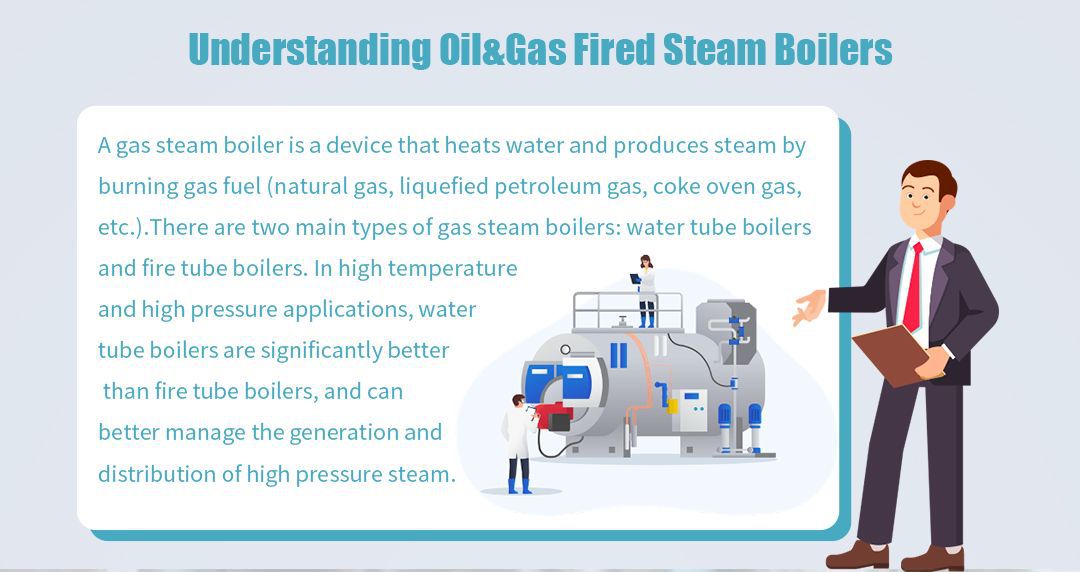
Oil&Gas Fired Steam Boilers are devices that heat water and generate steam by burning gaseous fuels (natural gas, liquefied petroleum gas, coke oven gas, oil,etc.). They are widely used in industrial and commercial fields to provide thermal energy and power.
The core working principle of Oil&Gas Fired steam boiler is to burn gaseous or oil fuel and transfer the generated heat to the water in the boiler through a heat exchanger, turning it into steam. The combustion process occurs in the combustion chamber, and the heat generated by the burning gas is transferred through smoke tubes or water tubes. The water absorbs the heat and becomes high-temperature and high-pressure steam, which is then transported to various heat-using equipment through pipes.
There are two main types of gas steam boilers:
Fire-tube Boilers: Fire-tube boilers consist of multiple combustion tubes. The hot gases produced by combustion flow through these tubes and transfer heat to the water outside the tubes. This design is typically used for medium to low-pressure applications because fire-tube boilers have a simpler structure and lower manufacturing costs but are less efficient and have limited heating surface area under high-pressure and high-temperature conditions.
Water-tube Boilers: In water-tube boilers, water flows inside the tubes, and the hot gases produced by combustion flow outside the tubes, heating the water. Compared to fire-tube boilers, water-tube boilers can withstand higher pressures and temperatures, making them suitable for high-temperature and high-pressure industrial applications. They have a more complex structure and higher manufacturing and maintenance costs but are more efficient and reliable in large-scale industrial production.
In high-temperature and high-pressure applications, water-tube boilers outperform fire-tube boilers. Water-tube boilers can better manage the generation and distribution of high-pressure steam, making them suitable for power plants, large chemical plants, and other places requiring large amounts of high-temperature and high-pressure steam. Fire-tube boilers are more suitable for small to medium-sized industrial and commercial applications, such as food processing and small-scale manufacturing, where low to medium-pressure steam is required.
Key Features of Oil&Gas Fired Steam Boilers for High-Temperature and High-Pressure Demands
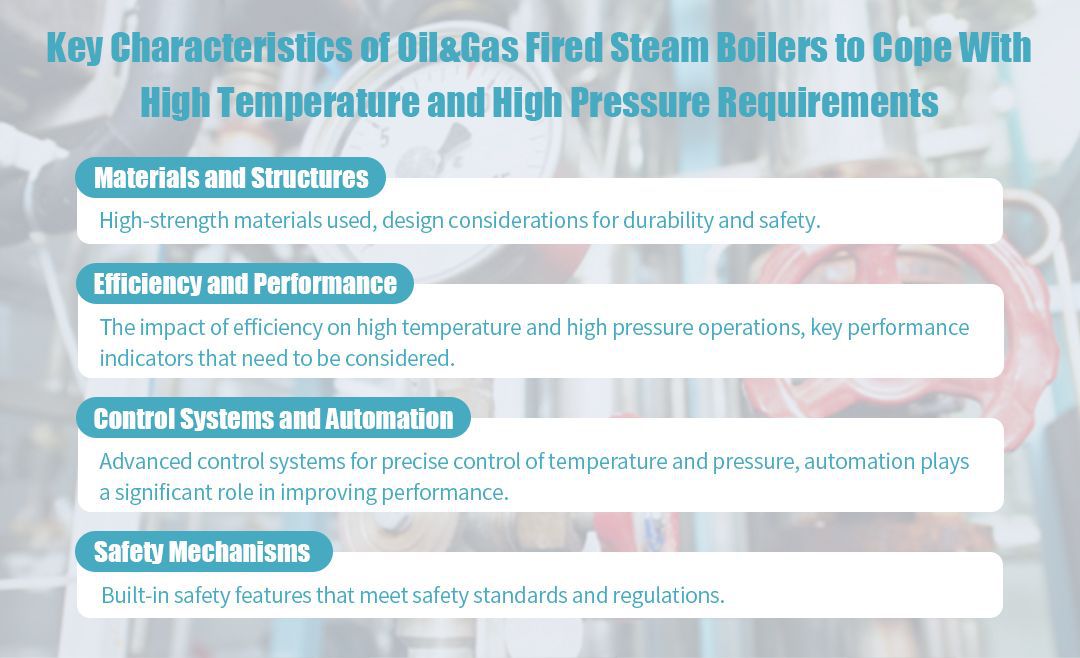
Oil&Gas Fired Steam Boilers must possess several key features to ensure reliability, efficiency, and safety when meeting high-temperature and high-pressure demands. These features include materials and structure, efficiency and performance, control systems and automation, and safety mechanisms.
Materials and Structure
High-temperature and high-pressure boilers require high-strength materials. High-strength steel alloys are widely used for their durability and resistance to thermal stress. The structural design of these boilers distributes pressure evenly, reducing the risk of failure.
High-Strength Materials: The boilers are made from materials capable of withstanding high temperatures and pressures, ensuring a long service life and safety.
Durability and Safety: Design considerations include robust construction methods to withstand the rigorous demands of chemical production.
Efficiency and Performance
The thermal efficiency of the boiler directly affects its performance under high-temperature and high-pressure conditions. Efficient combustion systems and heat exchanger designs can fully utilize fuel energy, increasing steam production efficiency, reducing fuel consumption, and lowering operating costs.
Thermal Efficiency: High-temperature and high-pressure boilers typically need to achieve over 90% thermal efficiency. This means they can effectively utilize most of the fuel energy, converting it into useful steam and avoiding waste.
Steam Quality: The produced steam must be very pure and at a sufficiently high temperature to prevent moisture and impurities from damaging the equipment, ensuring long-term stable operation.
Response Time: The boiler must be able to quickly adjust to changes in load, maintaining a stable steam output. This means that when demand increases or decreases, the boiler can quickly respond and provide the required amount of steam.
Control Systems and Automation
High-temperature and high-pressure boilers require precise control of temperature and pressure to ensure stable system operation. Modern boilers are equipped with advanced PLC (Programmable Logic Controller) and DCS (Distributed Control System) systems that can monitor and adjust boiler operating parameters in real-time, ensuring precision in operation.
Automation technology plays a crucial role in enhancing boiler performance. It can achieve:
Combustion Optimization: By adjusting the fuel-to-air ratio in real-time, improving combustion efficiency and reducing emissions.
Load Management: Automatically adjusting steam output based on actual demand, ensuring efficient system operation.
Remote Monitoring and Diagnostics: Automation systems can provide real-time data and fault diagnosis functions, helping operators to promptly identify and address issues.
Safety Mechanisms
High-temperature and high-pressure boilers require multiple safety measures to prevent accidents. These include built-in safety features: a pressure release valve that automatically releases excess steam when the internal boiler pressure exceeds the set limit, preventing boiler explosions. A water level monitoring system automatically shuts down the boiler when water levels are too low, preventing dry firing due to water shortage. Additionally, an over-temperature protection device automatically shuts off the burner when the boiler temperature is too high, effectively preventing overheating and damage. Together, these safety features ensure the safety and stability of the boiler during operation.
Compliance with safety standards and regulations: Boiler design and manufacturing must comply with international and local safety standards and regulations, such as ASME (American Society of Mechanical Engineers) standards, ISO (International Organization for Standardization) standards, and local boiler safety regulations. These standards specify the requirements for the design, manufacturing, installation, and operation of boilers to ensure their safe operation under high-temperature and high-pressure conditions.
EPCB Case Study: Meeting High Temperature and High Pressure Demands in Chemical Production
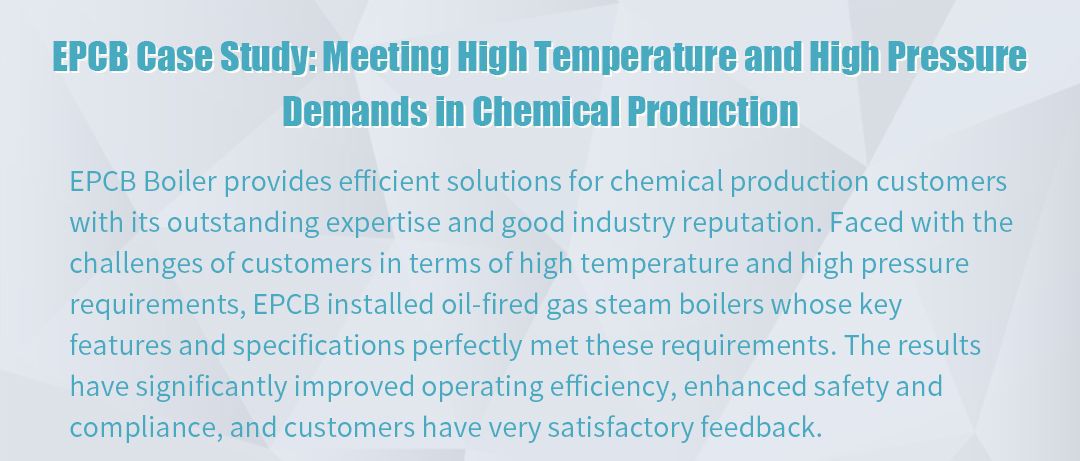
Company Overview
EPCB Boiler is renowned for its expertise in manufacturing high-quality boilers. Their reputation in the industry is built on innovation and a commitment to customer satisfaction. Since its establishment, EPCB has been deeply involved in the design, manufacturing, sales, and installation of industrial boilers. They have gained widespread market recognition for their expertise in coal-fired boilers, biomass-fired boilers, and oil/gas-fired boilers.
Project Background
A chemical production client required extremely high temperatures and pressures in their production process. Traditional boiler equipment struggled to maintain stability and efficiency under such demanding conditions and often posed safety risks. The client urgently needed a boiler that could reliably and efficiently meet their high-temperature and high-pressure requirements to improve production efficiency and ensure safety and compliance in the production process.
Solution and Implementation
To address the client's specific needs, EPCB provided their advanced Oil&Gas Fired Steam Boilers as the solution. The details of the solution are as follows:
· Advanced automatic combustion controller for optimal fuel supply and air ratio adjustment, ensuring complete combustion and improving thermal efficiency.
· Latest technology with a wet-back three-pass design for enhanced thermal efficiency and pressure-bearing capacity in high-temperature and high-pressure environments.
· Fully automatic control system with features like computer self-check, automatic water supply control, and load adjustment for safe and reliable operation.
· Flue gas emissions below national standards, with condensate water recovery for increased boiler feedwater temperature, achieving energy savings and emission reduction goals.
Results and Benefits
After installing the EPCB oil&gas fired steam boilers, the chemical production client's operational efficiency significantly improved. The boiler's stable operation not only met the client's high-temperature and high-pressure demands but also reduced downtime caused by equipment failures, enhancing overall production efficiency. Additionally, the boiler's safety control system and environmentally friendly features provided the client with stronger safety and compliance assurance. The client highly praised EPCB's boiler equipment, recognizing its outstanding performance and attentive service, and considering EPCB a reliable partner.
Advantages of Oil&Gas Fired Steam Boilers
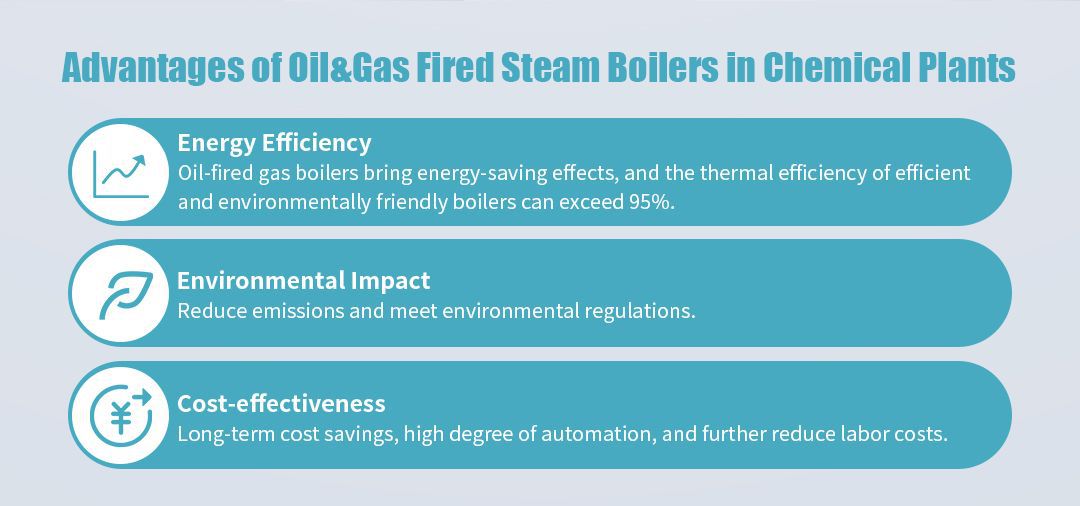
Oil&gas fired steam boilers offer significant advantages in energy efficiency, environmental impact, and cost-effectiveness, making them an ideal choice for the chemical industry amidst advancing technology and stringent environmental regulations.
Energy Efficiency
Oil&gas fired steam boilers are highly efficient in energy utilization. They employ advanced combustion and heat exchange technologies that enable full combustion of fuel oil or natural gas, achieving efficient energy conversion. Some high-efficiency, environmentally friendly oil/gas boilers can achieve thermal efficiencies exceeding 95%, far surpassing traditional coal-fired boilers. This high efficiency not only reduces energy waste but also allows the boiler to quickly respond to production demands, improving overall production efficiency.
Environmental Impact
Oil&gas fired boilers excel in reducing emissions. By using clean energy as fuel, they significantly reduce pollutants such as sulfur dioxide, nitrogen oxides, and particulate matter during combustion, helping to improve environmental quality. Additionally, these boilers produce less noise during operation, further minimizing their impact on the surrounding environment. This not only complies with increasingly stringent environmental regulations but also demonstrates the company's commitment to environmental responsibility.
Cost-Effectiveness
From a cost-effectiveness perspective, oil/gas boilers prove to be very economical in the long term. Although the initial investment may be higher, their high energy efficiency and low emissions characteristics significantly reduce long-term operating costs. For example, in a chemical plant, a high-efficiency oil/gas boiler can considerably cut down on fuel consumption and maintenance costs compared to traditional boilers. Moreover, the high level of automation in these boilers reduces the need for manual operation, further lowering labor costs.
Case Study and Example
Consider a chemical plant that introduced a high-efficiency oil/gas steam boiler for its production process. This boiler not only met the required steam supply for production but also significantly lowered production costs and environmental pressure due to its high energy efficiency and low emissions. After a period of operation, the energy-saving effects were evident, saving a substantial amount of fuel costs annually and significantly reducing pollutant emissions. This successful case provides valuable insights for other chemical plants.
Installation and Maintenance Considerations
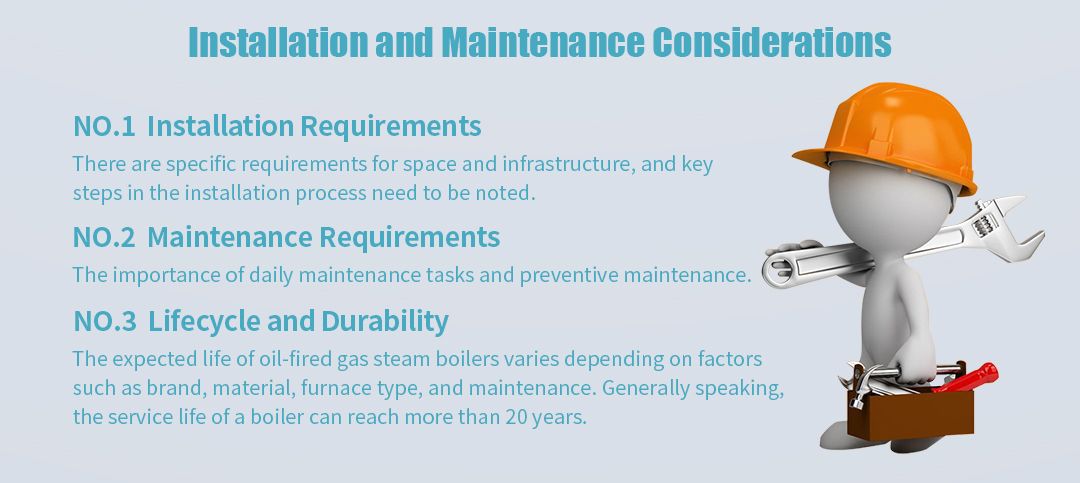
Installation Requirements
When installing an Oil&Gas Fired steam boiler, it is crucial to ensure adequate space and infrastructure support. The boiler should be installed in a well-ventilated, dry area with sufficient space around it for operation and maintenance. The foundation must be solid to support the weight of the boiler and prevent vibrations or displacement during operation. Key steps in the installation process include preparing and treating the foundation, accurately positioning the boiler, connecting pipes, integrating fuel and power supplies, and conducting final commissioning and testing. These steps should be performed by professional technicians to ensure the boiler's safety and efficient operation.
Maintenance Needs
Routine maintenance is essential to ensure the efficient operation of an oil/gas steam boiler. Daily tasks include checking and cleaning the burner, inspecting fuel supply and pipeline for leaks, cleaning flues and filters, monitoring water levels and quality, and ensuring the proper functioning of control systems and safety valves. Preventive maintenance is also crucial, as regular inspections and maintenance can detect and fix potential issues early, preventing equipment failure and production downtime, thereby enhancing the boiler's lifespan and operational efficiency.
Lifecycle and Durability
The expected lifespan of an Oil&Gas Fired steam boiler is generally between 15 to 20 years. Its durability is influenced by various factors, including usage frequency, maintenance quality, and operating environment. Good daily and preventive maintenance can significantly extend the boiler's service life. Factors affecting durability include water quality (hard water can cause scaling), fuel quality (poor quality fuel can accelerate wear), the professional level of operators (proper operation reduces failure rates), and the temperature and humidity of the operating environment. Therefore, regular comprehensive inspections and maintenance are crucial for the long-term stable operation of the boiler.
Conclusion
Choosing the right boiler to meet high-temperature and high-pressure requirements is critical as it directly affects production efficiency, safety, and operating costs. Proper selection ensures stable system operation, enhances energy utilization efficiency, and reduces maintenance risks. It is recommended to consider process requirements, fuel types, environmental standards, and cost-effectiveness, while also factoring in the boiler's durability, scalability, and level of automation. For optimal solutions, it is strongly advised to consult industry experts for personalized advice and guidance tailored to specific application scenarios.
FAQ
What are the typical operating temperatures and pressures of these boilers?
The typical operating temperature and pressure of oil/gas boilers vary depending on the specific model and application, but generally:
The operating temperature of oil/gas boilers typically ranges from 150°C to 300°C. For some high-efficiency steam boilers, the outlet steam temperature may be higher, depending on the boiler's design and use.
The operating pressure of oil/gas boilers usually ranges from 1.0 to 20.0 bar. The standard operating pressure in most industrial applications is between 6 to 16 bar. However, some high-pressure boilers in specific applications may reach higher pressures.
These temperature and pressure ranges can be adjusted based on specific application needs and boiler design to ensure that production processes and safety requirements are met.
How often should oil&gas fired steam boilers be maintained?
Regular maintenance ensures efficient operation of the boiler, extends its service life, and reduces failures and downtime.
The recommended maintenance frequency for oil/gas steam boilers is as follows:
· Daily Maintenance: Inspect the burner, water level, fuel supply system, and control system.
· Weekly Maintenance: Clean the burner, flue, and filters.
· Monthly Maintenance: Conduct a comprehensive inspection, test water quality, and lubricate mechanical parts.
· Quarterly Maintenance: Test combustion efficiency and check seals.
· Annual Maintenance: Thoroughly clean the boiler, inspect and calibrate the control system and safety equipment, and perform an internal inspection.
What are the safety measures for high-temperature and high-pressure operations?
Ensuring safety in high-temperature and high-pressure operations is crucial and requires a series of measures to protect personnel and equipment.This involves:
Professional and regular safety training and emergency drills for all personnel.
Installation and regular inspection of safety valves, pressure gauges, thermometers, alarm systems, and pressure relief devices.
Routine maintenance focusing on corrosion, wear, and performance checks.
Good ventilation and temperature control to reduce risks from harmful gases and excessive heat.
Are these boilers suitable for applications outside of chemical production?
Yes, oil/gas steam boilers are not only suitable for chemical production but are also widely used in various other industries and fields due to their high efficiency, cleanliness, and reliability. They are used in food and beverage processing for steaming, sterilization, and production heating; in the textile and garment industry for dyeing, drying, and shaping; in the paper and printing industry for steam and drying processes; and in the pharmaceutical field for sterilization, disinfection, and providing heat energy for production processes. Oil/gas steam boilers have a broad range of applications, meeting the needs of chemical production as well as playing significant roles in multiple industries.
What are the signs that a boiler needs maintenance or replacement?
Here's a simplified version of the signs that indicate a boiler needs maintenance or replacement:
1. Reduced Efficiency: Increased energy use and longer heating times.
2. Operational Issues: Strange noises, vibrations, and unstable operations.
3. Leaks: Problems with water, fuel, or flue gas leaks.
4. Corrosion and Scaling: Internal and external corrosion or scale buildup.
5. Increased Failures: More breakdowns and higher repair costs.
6. Emissions Issues: Excessive exhaust emissions or unusual flue gas color.
7. Exceeded Service Life: Boilers that have reached or exceeded their lifespan.
8. Aging Controls: Malfunctions or needing upgrades in control systems.
9. Safety Device Problems: Failures in safety valves or pressure gauges.
If you notice any of these signs, it's important to contact professional technicians for inspection, maintenance, or replacement to ensure the boiler operates safely and efficiently.
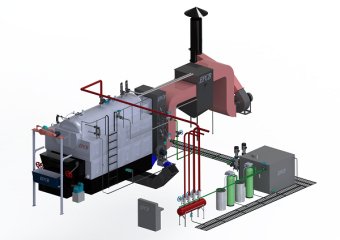 Steam Boiler
Steam Boiler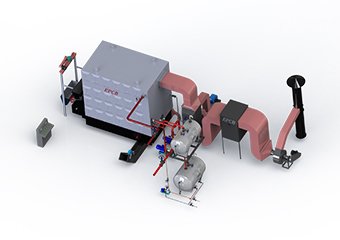 Thermal Oil Boiler
Thermal Oil Boiler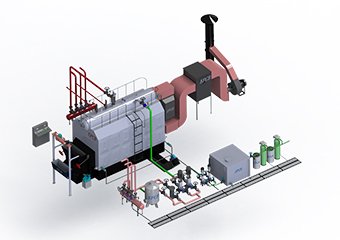 Hot Water Boiler
Hot Water Boiler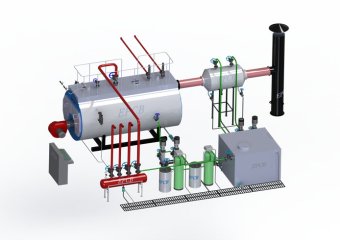 Steam Boiler
Steam Boiler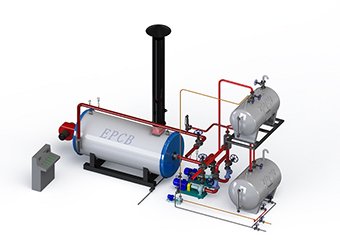 Thermal Oil Boiler
Thermal Oil Boiler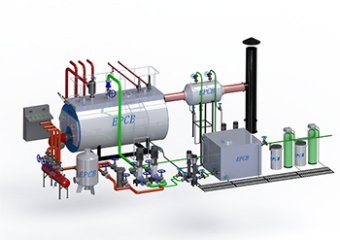 Hot Water Boiler
Hot Water Boiler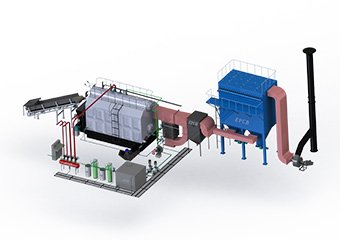 Steam Boiler
Steam Boiler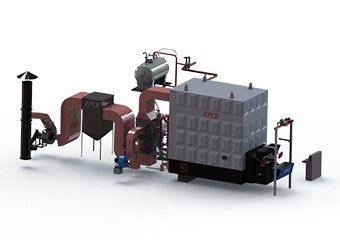 Thermal Oil Boiler
Thermal Oil Boiler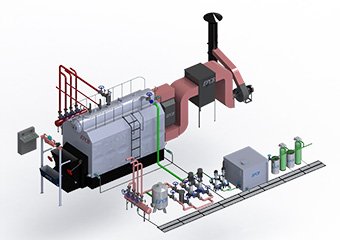 Hot Water Boiler
Hot Water Boiler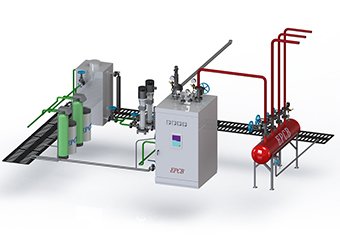 Steam Boiler
Steam Boiler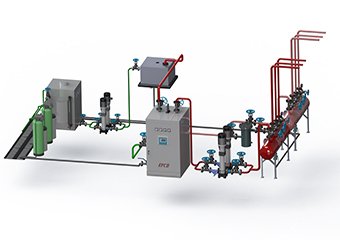 Hot Water Boiler
Hot Water Boiler




















